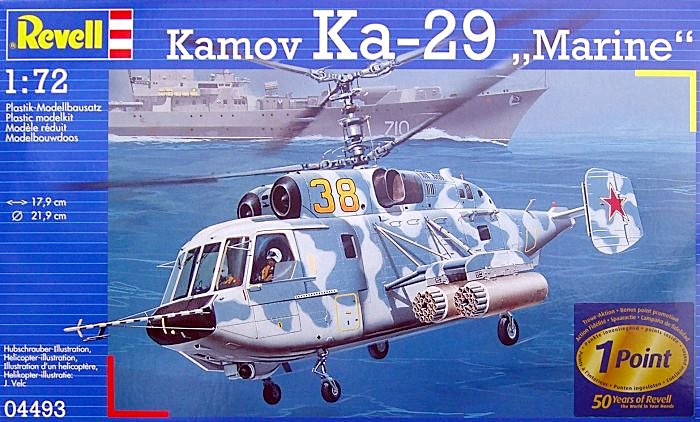A little while ago I posted a picture of the £1 hovercraft I picked up from Poundland that was awaiting it's main paint scheme:
I've now completed two of the hovercraft, and have another two waiting to be painted with a slightly different weapons fit. Originally I was going to paint them in some sort of desert scheme, tans and browns and so on, but, as I posted a little while ago, I picked up some of the Armies Armies NeoSov and had painted them in a red/grey/black scheme as my generic evil bad guy faction.
The hovers Seemed like a good fit for bad guys, the windows at the front looked quite sinister in my opinion, so they got the same red/grey/black makeover.
I firstly added some mesh to the large side windows, as these seemed to be just too big an expanse of glass for a combat vehicle. The mesh is aluminium car repair body mesh from Halfords, which I find all sorts of uses for. It makes great fencing and floor panels and you can make a very good, if a little fragile, 28mm barbed wire by clipping along one of the diagonal strands to get a single long strand with snipped off edges of the cross pieces.
The Red is GW Foundation Mechrite red, the Grey is adeptus battlegrey and the black is Chaos Black. Hover skirts were painted with Charadon Granite and metallics with Chainmail. Windows were Necron Abyss which I shaded up into Mordian Blue whilst still wet. I then applied some Windsor and Newton gloss varnish to the areas that I wanted to add transfers to, and once dry added various transfers from GW Tau sheets and some Fighting Piranha warning signs. I used Microsol and Microset solutions to make sure that the transfers adhered to the lines of the model, and the gloss varnish base meant that there was no "silvering" from trapped air. Once the transfers were dry I put more gloss varnish over the top, then two coats of GW Hardcoat to seal and protect and a final coat of Testors Dullcoat to take the shine off.
Here are the results (lightbox is still out of action, so apologies once again for the shadowy pictures)
I have two more that I've filed off the fin on top of the raised area on the roof and added a GZG remote auto cannon turret. These are undecorated and awaiting their main painting at the moment.
I also showed off this conversion of another Poundland bargain, a 6x6 not-VAB, a little while ago.
I was never totally happy with the paint job, as it looked amateurish and rushed (which it was) in my opinion.
A little while ago Critical Mass Games announced their release of their MaskFX range, a set of airbrush masks for various different types of camouflage. I picked up a couple of sets and decided to re-paint the VAB and give them a try. I first base coated all the modes in Tamiya XF12 JN Grey (which is actually a sort of light blue). When airbrushing with Tamiya paints I usually dilute them 2:1 with paint/thinners, using Tamiya XF20 thinners. This sometimes leaves a slightly grainy texture which I have been advised is because the paint is drying in the air as it leaves the airbrush. On this occasion I upped the amount of thinners I used to a 1:1 ration, 50% thinner, 50% paint. The results were that each layer of paint was more transparent and had less coverage, so I had to apply more layers than normal. With the higher paint ratio you get quicker coverage, but less definition, with the lower paint ratio you can blend colours much more effectively and no grainy texture.
Once this layer was dry I applied some of the Splinter Pattern masks to each of the vehicles, trying to mix them up in size and position to create a variety of camo patterns. I then applied a coat of XF65 Field Grey, more masking and then a final coat of XF20 Medium Grey. I left it all to dry thoroughly and then started to peel off the masking strips:
I'm pretty pleased with the results. One slight downside is that the plastic bottom half of the model didn't take the paint well, so as I removed the masking it tended to lift the paint to expose the plastic beneath. It's black plastic, though, so once it's weathered and had transfers and so on added, I don't think you'll notice the difference from the Field Grey.
The MaskFX sheets are an excellent way of adding complex camo schemes in my opinion, but a couple of things I learned whilst applying them:
1. The masks are individually quite small, and the smallest ones have a low stick-to-flex ratio. By that I mean if you try to bend a small mask around an edge or bump, the natural flex in the mask is higher than the stick, so it can un-stick and flap up. This ie especially annoying when you notice it just after you have applied a thrid coat of paint. keep the small ones for flat areas or gentle curves.
2. The paint layers need to be totally dry before you apply more masks. Adding them too early will mean that the paint hasn't bonded to the layer below and will instead bond to the sticky on the mask. If you are an impatient painter (like me) then some real self control is required here.
I used up more or less an entire sheet of the Shatter patterns on these minis, and the density of masking wasn't super high. I have some of the Amoeba patterns which I plan to use on some Brigade Models Montsabert tanks and Tassigny APC's to go for a sort of early WW2 French camouflage, and some Digital which I plan to use on my other kitbash project, the Matchbox Personnel Carrier.





















































